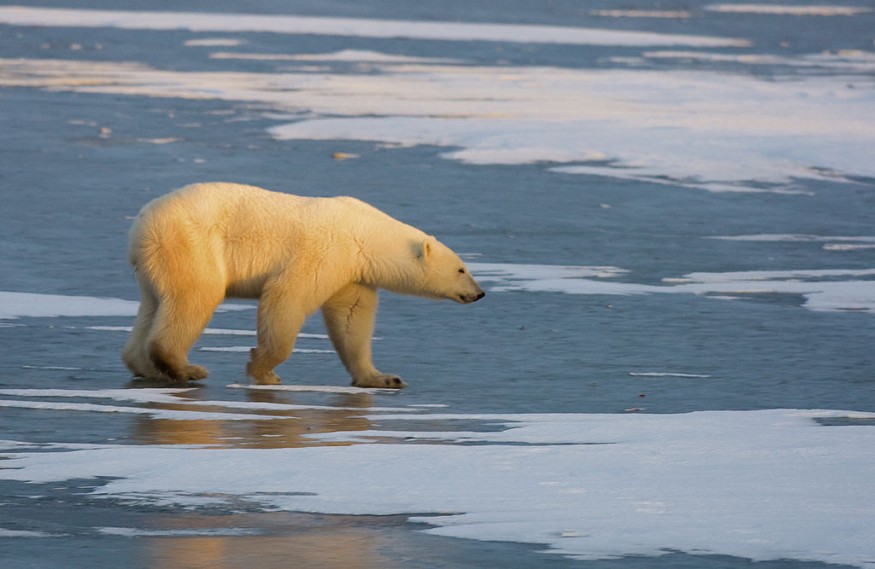
Polar bears are not just born to adapt to extreme Arctic conditions, but they rely heavily on sea ice for mating; however, their populations were significantly affected over the years as climate fluctuated and caused the ongoing loss of their habitat.
Consequently, evidence shows that grizzlies from the South had mated with them and modified their gene pool, according to scientists. DNA data from an ancient polar bear tooth reveals there was "at least one ancient introgression event from brown bears into the ancestor of polar bears, possibly dating back over 150,000 years," Newsweek reported.
Furthermore, researchers at the University of Buffalo said this may have implications for understanding the impacts of climate change.
'Pizzly' bears to Carry on the Species' Genes?
Findings of a 2012 study published in the Proceedings of the National Academy of Sciences (PNAS) reveal that polar and brown bear genomes reflect a species tree consistent with expectation that they are sister species. Researchers estimate that 5-10% of brown bears' nuclear genome is most closely related to polar bears, indicating ancient admixture between the two species.
Bear genetics expert Charlotte Lindqvist, also an associate professor of biological sciences in the University at Buffalo College of Arts and Sciences, said that scientists are not exactly sure when interbreeding began in the two species after they split from a common ancestor over 1 million years ago.
"We know they are still able to mate today and can produce fertile offspring so they may have been mating off and on since their species split, whenever the two species came into contact," she said.
She adds that the older a mating event is, the more difficult it is to find evidence of such in today's populations. However, they find that brown bears and modern polar bears do share DNA and even involve a 115,000-130,000- year-old polar bear.
"This suggests mating happened before the age of this ancient polar bear."
Warming World and Hybrids
While the scientists made it clear that the two species can mate and produce offspring, one potential reason why it has not happened extensively over the last millennia is because of their geographic ranges. Now if the two species start to get closer geographically and increase contact as a result of climate change altering their habitats, Lindqvist said interbreeding will likely be more prevalent between them, eventually resulting in entirely new species.
"Species evolve all the time and there is nothing to say that new species of bears won't appear in the future, but it will likely not be in our lifetime," Lindqvist said. "And it brings up the general issue of what a species really is!"
Unfortunately, it is also likely that we will see the demise of polar bears if they continue to lose their sea ice habitat. According to World Wide Fund for Nature (WWF), the survival and protection of the polar bear habitat are urgent matters as the number of their subpopulations experience recent declines.
Nonetheless, we can only hope that this new type of bear the warming world has created will be more resilient to harmful impacts of climate change.
Related article : Fossilized Bones Fuel Debate on the Purpose of Giraffe's Necks
© 2026 NatureWorldNews.com All rights reserved. Do not reproduce without permission.





